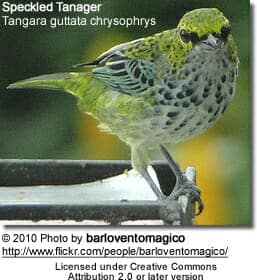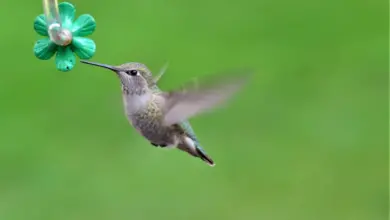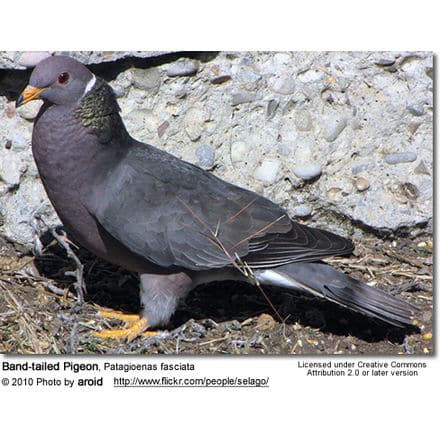Speckled Tanagers
The South American Speckled Tanagers (Tangara guttata) is a medium-sized bird that belongs to the Thraupidae family.
Distribution / Habitat
This subtropical tanager occurs in Costa Rica, Panama, Venezuela, Colombia and the extreme north of Brazil.
The subspecies, Tangara guttata trinitatis, occurs in Trinidad (the southernmost island in the Caribbean).
Its habitat consists of humid montane and secondary forest, with a dense understory.
These social birds are often seen with Bay-headed Tanagers and honeycreepers.

Description
Speckled Tanagers average 5.2 in (13.2 cm) in length and weigh about 0.63 oz (18 g).
They have green upperparts with black spotting. The face is yellow with a black line from the eye to the gape (= the sides of the beak, the area where the upper and lower beaks join together).
The wings and tail are black-edged with green. The underparts are white and spotted with black.
Males and females look alike.
The subspecies, Tangara guttata trinitatis, have brighter and more extensive yellow on the head and has a more conspicuous black spotting.
Breeding / Nesting
They built small cup nests in trees. The average clutch consists of two brown-blotched white eggs. The eggs are incubated by the female for about 13 – 14 days at which time the young hatch. The chicks stay in the nest for about 14 – 18 days.
Diet
Their primary diet consists of fruit. But they also eat nectar, seeds, and insects, such as beetles.
Calls / Vocalizations
The Speckled Tanager’s flight call is a weak metallic chirping tsip.
Taxonomy / Sub-species
Six subspecies are recognized:
- Tangara guttata guttata (nominate species)
- Tangara guttata eustictaTangara guttata tolimaeTangara guttata bogotensisTangara guttata chrysophrysTangara guttata trinitatis
The Speckled Tanager is assumed to be a close relative of the Spotted Tanager (T. punctata), which replaces it to the south.
These two species are believed to be fully allopatric (ranges are entirely separate), but may actually be parapatric (ranges do not significantly overlap but are immediately adjacent to each other). In 1998, a Speckled Tanager was found in the Serranía de los Churumbelos in Colombia, which is just about 100 miles (160 km) north of the natural range of the Spotted Tanagers.






